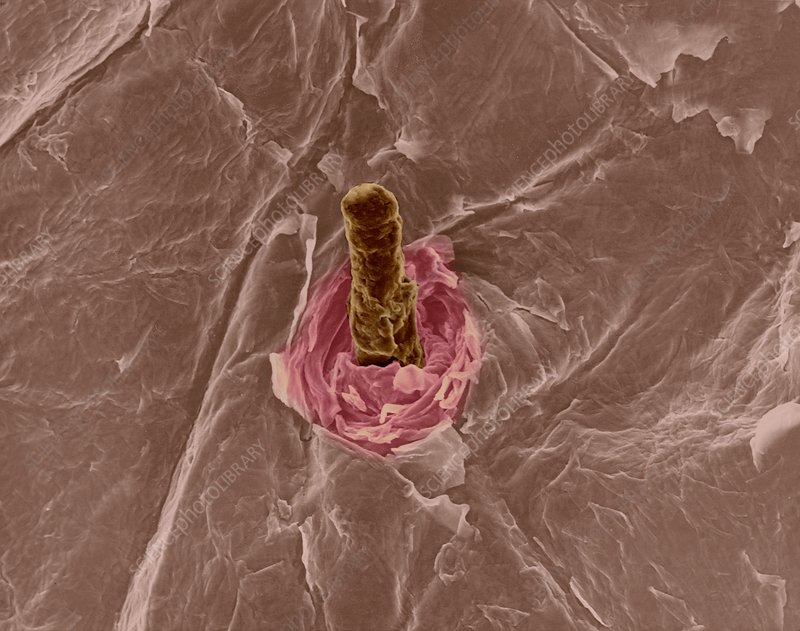Extracellular Vesicles from Activated Dermal Fibroblasts Stimulate Hair Follicle Growth Through Dermal Papilla-Secreted Norrin
Dermal papilla cells (DPCs) play a pivotal role in the regulation of hair follicle (HF) growth, formation, and cycling, mainly through paracrine mechanisms. In the last decade, extracellular vesicles (EVs) have been recognized as a new paracrine mechanism that can modify the physiological state of recipient cells by transferring biological material.
Dermal papilla cells (DPCs) play a pivotal role in the regulation of hair follicle (HF) growth, formation, and cycling, mainly through paracrine mechanisms. In the last decade, extracellular vesicles (EVs) have been recognized as a new paracrine mechanism that can modify the physiological state of recipient cells by transferring biological material. Herein, we investigated the effect of EVs isolated from stimulated human dermal fibroblasts (DFs) on DPC activation and HF growth. We found that these EVs (st-EVs) enhanced HF growth ex vivo. Comparative transcriptomic analysis on DPCs identified specific activation of the NDP gene, encoding the non-Wnt ligand Norrin. We found that Norrin was secreted by st-EVs-stimulated DPCs activating in a noncell autonomous manner β-catenin pathway in follicular keratinocytes (human HF keratinocyte [HHFK]) and hair growth ex vivo. Although Norrin-specific receptor Frizzled4 was barely detected in HHFK, we found its presence in DF-EVs. Accordingly, DF-EVs provided Frizzled4 to potentiate Norrin effects ex vivo. Our study identifies DF-EVs as efficient activators of DPCs and Norrin as a novel modulatory player in HF physiopathology.
Reference:https://www.ncbi.nlm.nih.gov/pubmed/31237401





ارسال به دوستان